The programming and developer communities are emerging faster than ever before. Watch out for the top 10 programming languages that are used in autonomous vehicles.
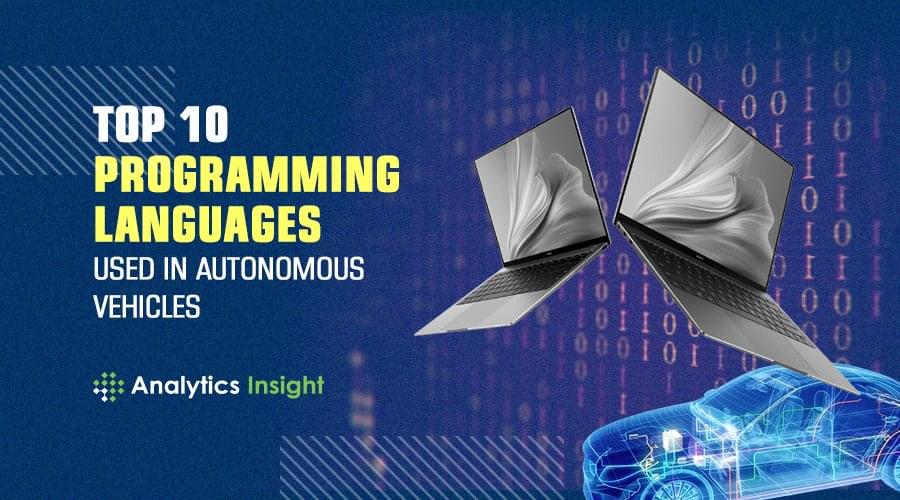

For World Quantum Day, the Google Quantum AI team is introducing people to the world of quantum computing by teaming up with Doublespeak Games to make The Qubit Game, a journey into quantum computing.
Can robots adapt their own working methods to solve complex tasks? Researchers at Chalmers University of Technology, Sweden, have developed a new form of AI, which, by observing human behavior, can adapt to perform its tasks in a changeable environment. The hope is that robots that can be flexible in this way will be able to work alongside humans to a much greater degree.
“Robots that work in human environments need to be adaptable to the fact that humans are unique, and that we might all solve the same task in a different way. An important area in robot development, therefore, is to teach robots how to work alongside humans in dynamic environments,” says Maximilian Diehl, Doctoral Student at the Department of Electrical Engineering at Chalmers University of Technology and main researcher behind the project.
When humans carry out a simple task, such as setting a table, we might approach the challenge in several different ways, depending on the conditions. If a chair unexpectedly stands in the way, we could choose to move it or walk around it. We alternate between using our right and left hands, we take pauses, and perform any number of unplanned actions.

In 2020, OpenAI introduced GPT-3 and, a year later, DALL.E, a 12 billion parameter model, built on GPT-3. DALL.E was trained to generate images from text descriptions, and the latest release, DALL.E 2, generates even more realistic and accurate images with 4x better resolution. The model takes natural language captions and uses a dataset of text-image pairings to create realistic images. Additionally, it can take an image and create different variations inspired by original images.
DALL.E leverages the ‘diffusion’ process to learn the relationship between images and text descriptions. In diffusion, it starts with a pattern of random dots and tracks it towards an image when it recognises aspects of it. Diffusion models have emerged as a promising generative modelling framework and push the state-of-the-art image and video generation tasks. The guidance technique is leveraged in diffusion to improve sample fidelity for images and photorealism. DALL.E is made up of two major parts: a discrete autoencoder that accurately represents images in compressed latent space and a transformer that learns the correlations between language and this discrete image representation. Evaluators were asked to compare 1,000 image generations from each model, and DALL·E 2 was preferred over DALL·E 1 for its caption matching and photorealism.
DALL-E is currently only a research project, and is not available in OpenAI’s API.
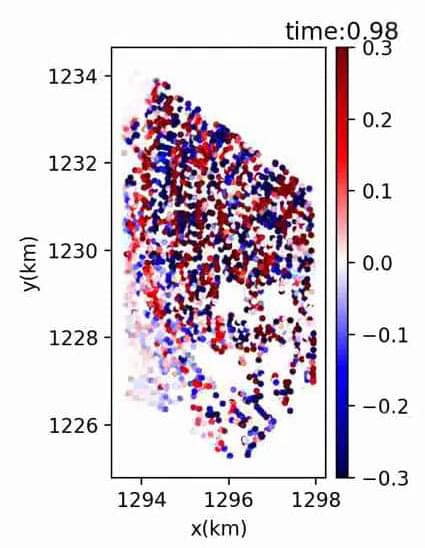
A team of researchers at Stanford University, working with a colleague at the Chinese Academy of Sciences, has built an AI-based filtration system to remove noise from seismic sensor data in urban areas. In their paper published in the journal Science Advances, the group describes training their application and testing it against real data from a prior seismic event.
In order to provide advance warning when an earthquake is detected, scientists have placed seismometers in earthquake-prone areas, including urban areas where quakes do the most damage and harm or kill the most people. But seismologists have found it troublesome to sort out seismic data related to natural ground movements from data related to city life. They note that human activities in cities, such as vehicles and trains, produce a lot of seismic noise. In this new effort, the researchers developed a deep learning application that determines which seismic data is natural and which is man-made and filters out those that are non-natural.
The researchers call their new application UrbanDenoiser. It was built using a deep-learning application and trained on 80,000 samples of urban seismic noise along with 33,751 samples from recorded natural seismic activity. The team applied their filtering system to seismic data recorded in Long Beach, California, to see how well it worked. They found it improved the level of desired signals compared to background noise by approximately 15 decibels. Satisfied with the results, they used UrbanDenoiser to analyze data from an earthquake that struck a nearby area in 2014. They found the application was able to detect four times the amount of data compared to the sensors without the filtering.
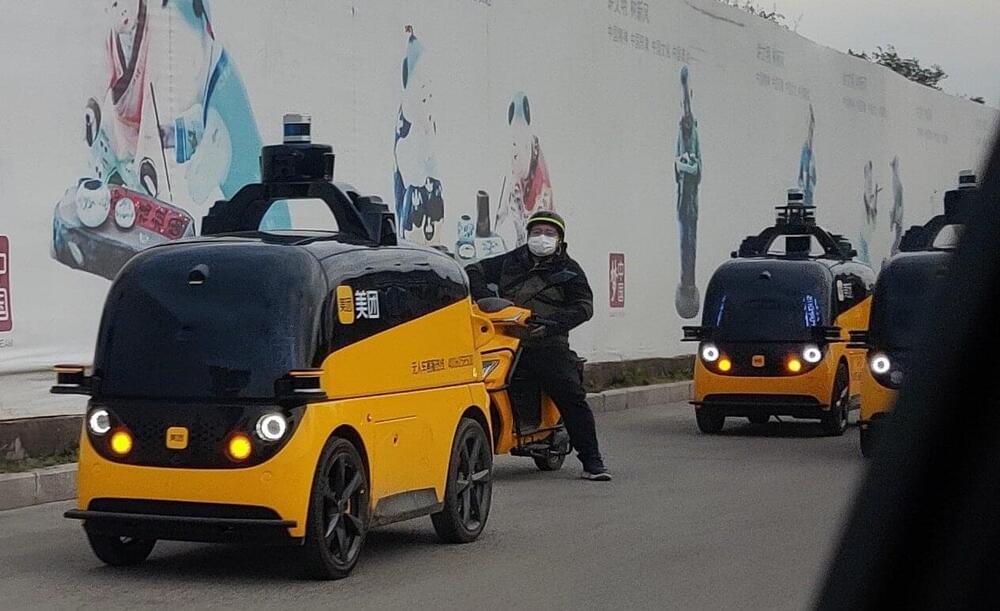
The notion of self-driving vehicles is currently met with equal parts wonder and alarm. But a new study reveals how the pros may outweigh the cons as a business strategy.
An article titled “Impact of Autonomous Vehicle Assisted Last-Mile Delivery in Urban to Rural Settings” determines that this technology reduces the completion time of delivery tours and provides the most cost-effective business model. It appears in Transportation Science.
“The starting point of this paper involved the United States Postal Service announcing its idea to start using autonomous vehicles in rural routes,” said Sara Reed, assistant professor of business analytics at the University of Kansas.
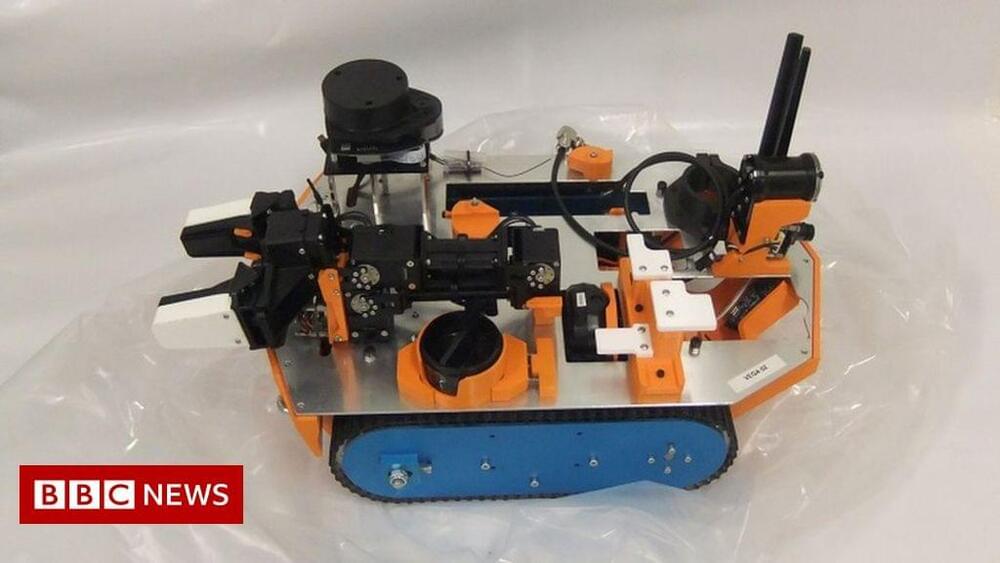
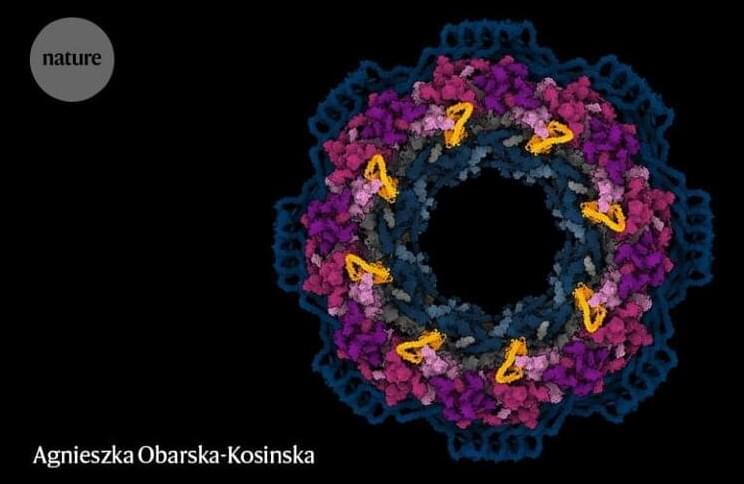
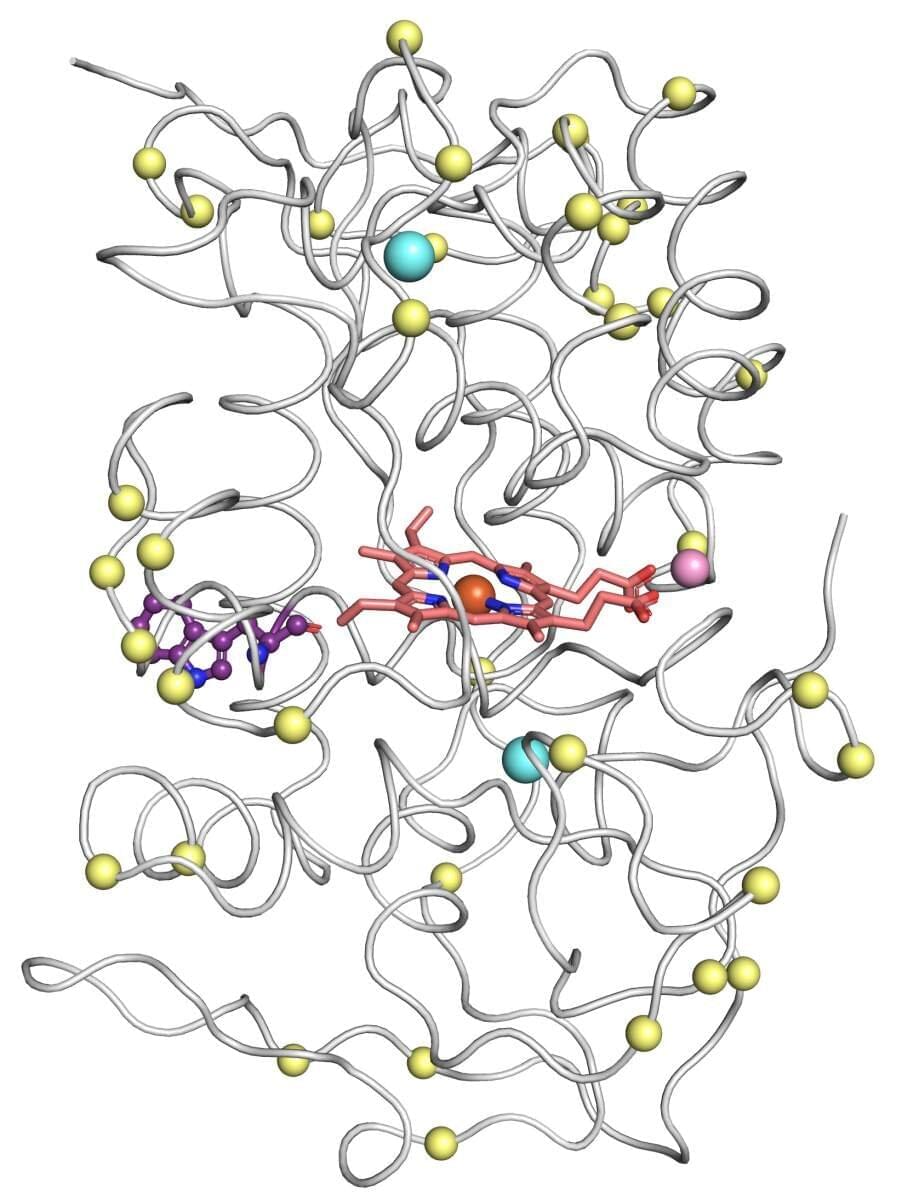
When Dr. Shiran Barber-Zucker joined the lab of Prof. Sarel Fleishman as a postdoctoral fellow, she chose to pursue an environmental dream: breaking down plastic waste into useful chemicals. Nature has clever ways of decomposing tough materials: Dead trees, for example, are recycled by white-rot fungi, whose enzymes degrade wood into nutrients that return to the soil. So why not coax the same enzymes into degrading man-made waste?
Barber-Zucker’s problem was that these enzymes, called versatile peroxidases, are notoriously unstable. “These natural enzymes are real prima donnas; they are extremely difficult to work with,” says Fleishman, of the Biomolecular Sciences Department at the Weizmann Institute of Science. Over the past few years, his lab has developed computational methods that are being used by thousands of research teams around the world to design enzymes and other proteins with enhanced stability and additional desired properties. For such methods to be applied, however, a protein’s precise molecular structure must be known. This typically means that the protein must be sufficiently stable to form crystals, which can be bombarded with X-rays to reveal their structure in 3D. This structure is then tweaked using the lab’s algorithms to design an improved protein that doesn’t exist in nature.
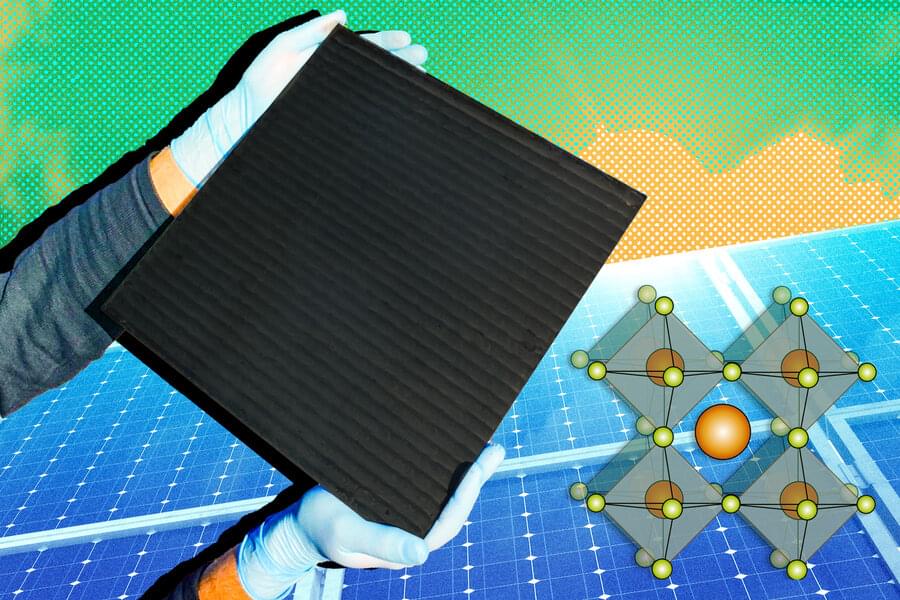
Perovskites are a family of materials that are currently the leading contender to potentially replace today’s silicon-based solar photovoltaics. They hold the promise of panels that are far thinner and lighter, that could be made with ultra-high throughput at room temperature instead of at hundreds of degrees, and that are cheaper and easier to transport and install. But bringing these materials from controlled laboratory experiments into a product that can be manufactured competitively has been a long struggle.
Manufacturing perovskite-based solar cells involves optimizing at least a dozen or so variables at once, even within one particular manufacturing approach among many possibilities. But a new system based on a novel approach to machine learning could speed up the development of optimized production methods and help make the next generation of solar power a reality.
The system, developed by researchers at MIT and Stanford University over the last few years, makes it possible to integrate data from prior experiments, and information based on personal observations by experienced workers, into the machine learning process. This makes the outcomes more accurate and has already led to the manufacturing of perovskite cells with an energy conversion efficiency of 18.5 percent, a competitive level for today’s market.